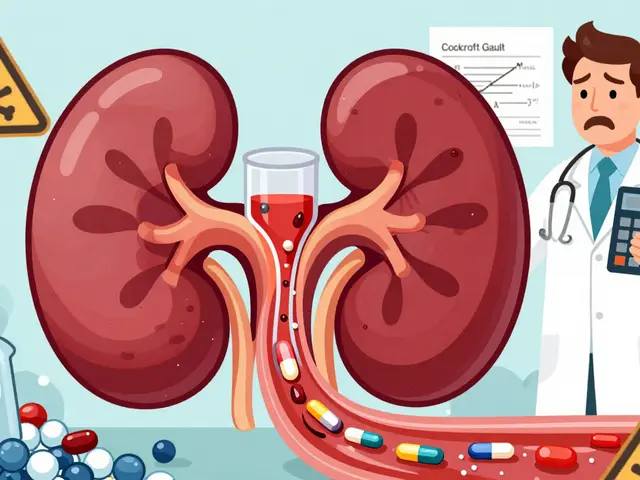Understanding Air Embolism
Air embolism is a potentially life-threatening medical condition that occurs when air or gas bubbles enter the bloodstream. This can lead to serious complications, including stroke, heart attack, and even death. In this article, we will delve into the causes, symptoms, and prevention strategies for air embolism. By understanding this condition, you can take the necessary steps to protect yourself and your loved ones.
Causes of Air Embolism
There are several potential causes of air embolism. These include medical procedures, scuba diving accidents, and traumatic injuries. Let's take a closer look at each of these causes to better understand how air embolism can occur.
Medical Procedures
One common cause of air embolism is invasive medical procedures, such as surgery or the insertion of a catheter. During these procedures, air can accidentally be introduced into the bloodstream, causing an air embolism. This is more likely to happen if the patient is in a sitting or semi-sitting position, as this can cause air to be drawn into the blood vessels.
Scuba Diving Accidents
Air embolism can also occur as a result of scuba diving accidents. If a diver ascends too quickly from deep water, the nitrogen in their body can form gas bubbles, which can then enter the bloodstream and cause an air embolism. This is known as decompression sickness or "the bends."
Traumatic Injuries
In some cases, air embolism can be caused by traumatic injuries, such as gunshot wounds or severe blunt force trauma. These injuries can introduce air into the bloodstream, leading to an air embolism.
Recognizing the Symptoms
It's crucial to be aware of the symptoms of air embolism, as early detection and treatment can significantly improve the chances of survival. Symptoms can vary depending on the location of the air bubble and the severity of the embolism. Common symptoms to watch for include:
- Chest pain
- Difficulty breathing or shortness of breath
- Dizziness or fainting
- Blurred vision or loss of vision
- Confusion or altered mental state
- Numbness or weakness on one side of the body
- Seizures
- Loss of consciousness
If you or someone you know is experiencing these symptoms, it's essential to seek immediate medical attention.
Prevention Strategies for Medical Procedures
As mentioned earlier, medical procedures can sometimes cause air embolism. However, there are several steps that healthcare professionals can take to minimize this risk. These include:
- Using proper technique when inserting catheters or performing surgery
- Ensuring that all equipment is free of air bubbles before use
- Monitoring the patient's position during the procedure to reduce the risk of air entering the bloodstream
- Regularly checking for signs of air embolism during and after the procedure
As a patient, you can also take steps to protect yourself by choosing a reputable healthcare provider and discussing any concerns you may have about air embolism with your doctor.
Scuba Diving Safety Tips
Since scuba diving accidents are a common cause of air embolism, it's essential for divers to follow proper safety precautions. Here are some tips to help prevent air embolism while diving:
- Always dive with a buddy and maintain regular communication with them
- Ascend slowly from deep dives, taking breaks at regular intervals to allow your body to decompress
- Monitor your air supply closely and ensure you have enough air for a safe ascent
- Avoid diving if you are feeling unwell or have a cold, as this can increase your risk of air embolism
- Take a scuba diving course to learn proper diving techniques and safety measures
By following these tips, you can significantly reduce your risk of experiencing an air embolism while diving.
Treating Air Embolism
If you or someone you know is experiencing symptoms of air embolism, it's crucial to seek immediate medical attention. Treatment for air embolism may include:
- Oxygen therapy to help improve blood oxygen levels
- Hyperbaric oxygen therapy, which involves breathing pure oxygen in a pressurized room, to help reduce the size of the air bubbles and improve blood flow
- Medications to help control symptoms and prevent complications, such as seizures and blood clots
- Surgery to remove the air bubble or repair any damage caused by the embolism
Early detection and treatment are crucial for improving the chances of survival and minimizing the risk of long-term complications.
Conclusion
Air embolism is a serious medical condition that can have life-threatening consequences. By understanding the causes, symptoms, and prevention strategies, you can take steps to protect yourself and your loved ones from this dangerous condition. If you suspect that you or someone you know may be experiencing an air embolism, seek immediate medical attention to ensure the best possible outcome.





Comments (20)